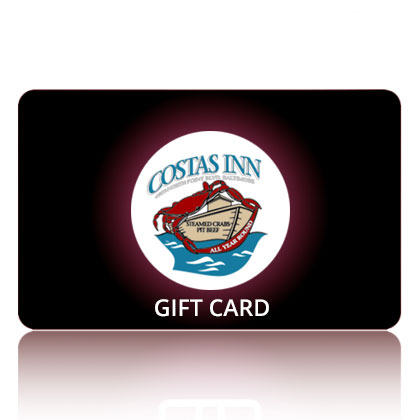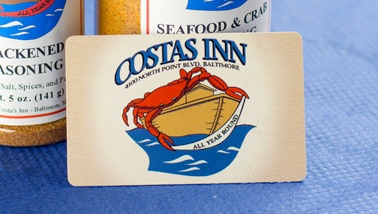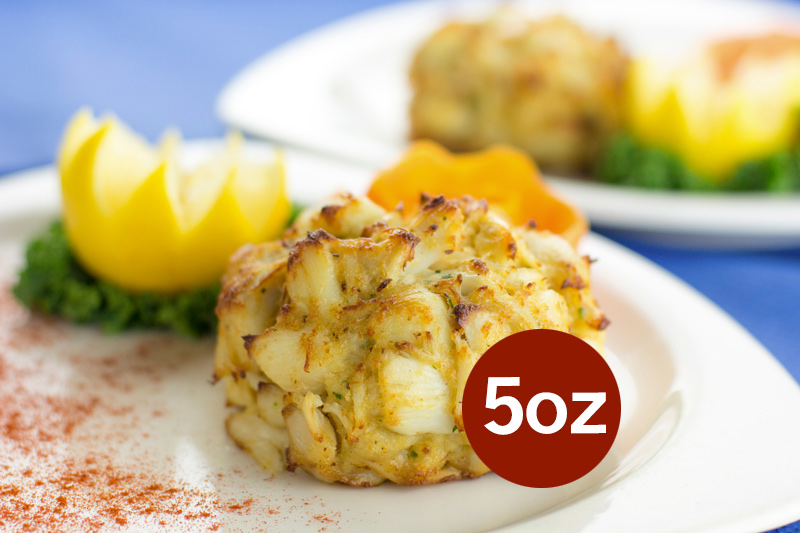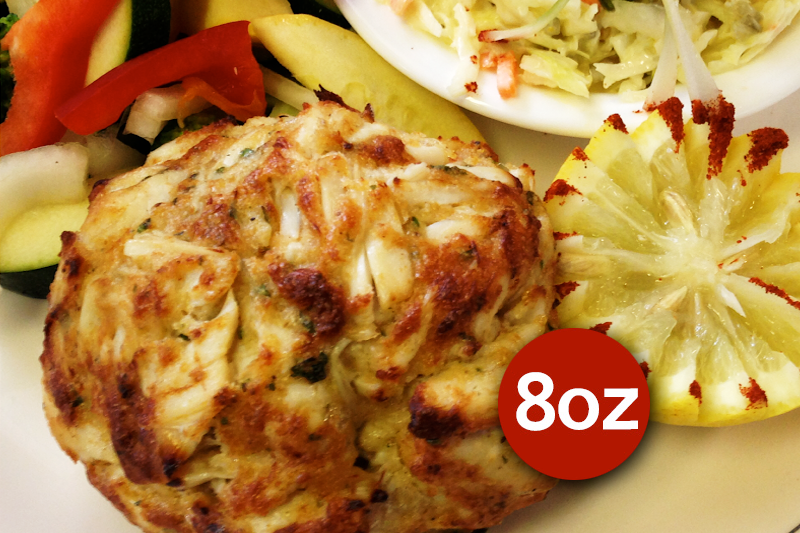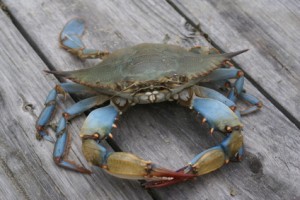
Blue crabs have a reputation as scavengers, which isn’t really inaccurate.
When we think of crabs in this town, we usually picture them bright red and covered in spices, fresh from the steamer, but they were originally blue, hence their name “blue crabs”. Before these delicious beauties make it to our table, they are an important part of the aquatic ecosystem. Read on for four cool facts about this long-standing Maryland food tradition.
Blue Crabs Are Population Control
Blue crabs have a reputation as scavengers, which isn’t really inaccurate. They will eat almost anything. They tend to prefer clams, mussels, snails, and plants, but they also eat dead fish, and when there isn’t enough food they will eat smaller blue crabs. They are natural population control for the other species they eat, which makes them an important part of the aquatic ecosystem. In communities where the blue crabs are overfished, the other species can get a little out of hand.
They Are Invasive (In Other Areas)
Blue crabs have a large natural habitat. They thrive in salt marshes and brackish estuaries, which is why they are such an iconic part of the Chesapeake Bay. Their natural habitat extends as far north as Nova Scotia, westward into the Gulf of Mexico, and as far south as Argentina. In these places, they are an important part of the ecosystem, as they have natural predators and appropriate food sources. They have spread out of these areas, however, likely by traveling in ships ballast. The blue crab was first spotted in Egyptian waters in the 1940s and has also been seen in Italy, Greece, Turkey, and even Israel. In those areas, the blue crab is a dangerous, invasive species, that can do more harm than good. To counteract their effects, the local populations have worked them into the economy as a food source, much like we did.
Blue Crab Females and Males Look Different
Both female and male crabs have the iconic blue tint that gives them their common name. In females, however, the tips of their claws are tinted with red highlights. Females also have a differently shaped apron on their underside. The apron is a folded surface on the crabs’ bellies (and where the opening and eating process of steamed crabs often starts). On males, the apron is a distinct T shape. On females, it looks more triangular, and once the females are older it becomes a very rounded triangle.
Their Scientific Name Is Beautiful
We know them best by their common name, blue crab, but their scientific name is Callinectes sapidus. This scientific name if part Latin and part Greek: Callinectes is Greek for “beautiful swimmer” and sapidus is Latin for savory. Altogether, it is a beautiful and totally accurate scientific name!
YOUR SEAFOOD DESTINATION
Costas Inn has been a Baltimore tradition since 1971. You may recognize our restaurant, which was recently featured on the Food Network with Michael Symon on Burgers, Brew, and ‘Que! We were also voted the 2015 #1 Baltimore Seafood Restaurant by USA Today, as well as #1 Crab Restaurant 2014 in the Baltimore Business Journal. You may have also spotted Costas Inn during one of our 9 appearances on the Today Show or heard one of our many interviews on WJZ TV Channel 13 with Ron Matz and Marty Bass.
You can enjoy our famous crab cakes in-house or order them online for any time eating. We also provide some of the best seafood catering in the Baltimore area! You can also get your fill from Costas even when you’re not in our dining room: follow us on Facebook, Twitter, Google+, Pinterest, and YouTube!
Tags: blue crabs, crabs baltimore, seafood facts

